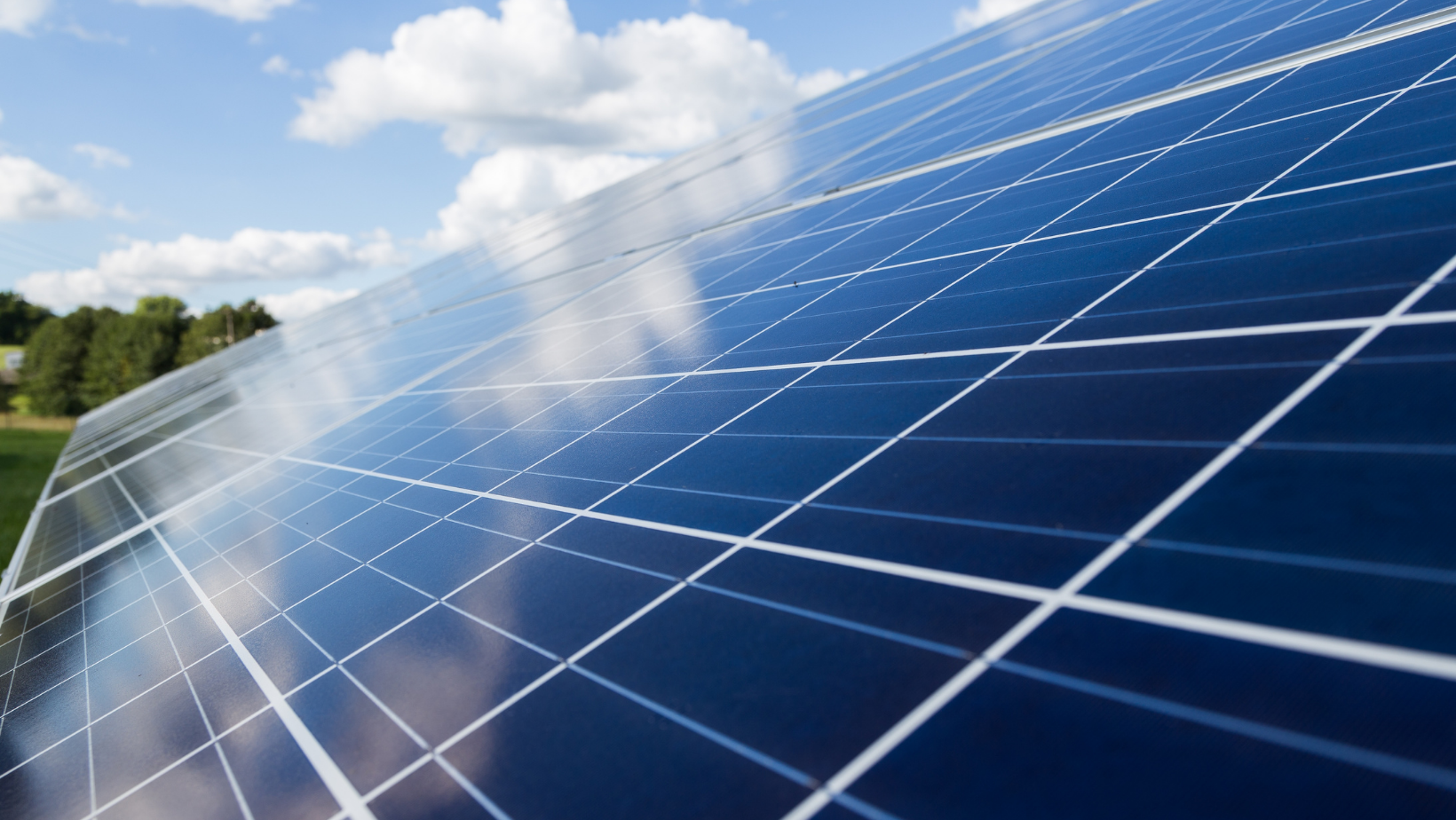So, you’re thinking about installing solar panels in Ireland? You’re not alone. With rising energy prices, growing climate concerns, and generous government grants, more Irish homeowners are turning their rooftops into mini power stations. But there’s still a lot of confusion: How much does it cost? Is it worth it in Ireland’s famously grey climate? What kind of panels do I need?
This guide answers all those questions and more, clearly and honestly, so you can decide if solar is the right move for you.
Why Go Solar in Ireland?
It might seem odd to invest in solar power in a country known more for drizzle than desert heat, but the truth is: solar panels work incredibly well in Ireland.
Here’s why:
- Daylight matters more than direct sunlight. Solar photovoltaic (PV) panels generate electricity from light, not just heat or direct rays. Ireland gets plenty of usable daylight—even on cloudy days.
- Grants and incentives are strong. The government, via the SEAI (Sustainable Energy Authority of Ireland), offers generous grants to support solar installation.
- Energy prices are unpredictable. Locking in your own electricity source brings more security and independence.
- You can now get paid for excess electricity. Thanks to the Microgeneration Support Scheme (MSS), homeowners can sell surplus energy back to the grid.
How Much Do Solar Panels Cost in Ireland?
Costs can vary depending on the size of your system and the installer, but here’s a rough breakdown:
| System Size | Panels | Approx. Cost (Before Grant) | Estimated Grant | Final Cost (After Grant) |
| 2 kW | ~5 | €4,500 – €5,500 | €1,800 | €2,700 – €3,700 |
| 4 kW | ~10 | €8,000 – €9,000 | €2,100 | €5,900 – €6,900 |
| 6 kW | ~15 | €11,000 – €12,500 | €2,400 | €8,600 – €10,100 |
Grants are capped at €2,400 for systems of 4kW and above. The SEAI grant is available for most homes built before 2021 and is easy to apply for.
What Are Solar PV Panels and How Do They Work?
There are two types of solar panels: Solar PV (Photovoltaic) and Solar Thermal. Most modern homes opt for solar PV, which generates electricity for your home.

A typical solar PV system includes:
- Solar panels: Installed on your roof to absorb light and convert it into electricity.
- Inverter: Converts DC electricity from the panels into usable AC electricity for your home.
- Battery (optional): Stores excess energy for use at night or during low-light periods.
- Smart meter/export meter: Measures what you use and what you send back to the grid.Is My Home Suitable for Solar Panels?
Most homes in Ireland are suitable, but you’ll get the best results if:
- Your roof faces south, southeast or southwest.
- You have minimal shading from trees or nearby buildings.
- Your roof is in good condition and large enough to fit 6–12 panels.
Not sure? Most installers will carry out a free site survey or remote assessment using satellite imagery.
How Much Will I Save?
A 4kW system can reduce your electricity bills by 30–60%, depending on your usage and whether you install a battery.
On average:
- Without a battery: you’ll use about 30–50% of what you generate.
- With a battery: usage jumps to 60–80%, depending on system size and habits.
You can also sell surplus power back to the grid, earning 13–24 cents per kWh from energy providers under the Microgeneration Support Scheme (MSS).
How Do I Apply for the SEAI Grant?
It’s straightforward:
- Choose a registered installer listed with SEAI.
- Apply online via the SEAI website before installation begins.
- The grant is paid after the work is completed and verified.
- Your installer may help with paperwork and claim on your behalf.
Tip: Keep all receipts and paperwork for at least 5 years in case of inspections.
Should I Get a Battery?
Pros:
- Maximise your use of solar energy (especially in winter).
- Use solar power at night.
- Protection during blackouts (if set up correctly).
Cons:
- Adds €2,500–€5,000 to the installation cost.
- Takes longer to recoup investment.
Verdict: Great for heavy electricity users or those aiming for energy independence. Less necessary if someone is home during the day to use solar power as it’s generated.
What About Maintenance?
Solar PV systems are very low maintenance. Once installed:
- Clean panels occasionally if they get dusty or covered in debris (most Irish rain takes care of this)
- Inverters may need replacement after 10–15 years.
- Panels typically last 25–30 years.
Most systems come with a 25-year performance warranty, ensuring they still generate at least 80% of their original output in year 25.
Choosing the Right Installer
Make sure your installer is:
- SEAI-registered (required for the grant).
- Offering a full system warranty (ideally 10 years).
- Providing references or case studies.
Get at least 3 quotes, and beware of hard-sell tactics or unrealistic promises.
Final Word: Is Solar Worth It in Ireland?
Yes, solar panels are worth it in Ireland for most homeowners. While the sun might not shine like it does in Spain, Irish solar systems are efficient, affordable (with grants), and increasingly valuable thanks to feed-in tariffs and smart technology.
It’s not just a way to cut bills. It’s a way to invest in your home, reduce your reliance on fossil fuels, and future-proof your energy costs.
Ready to Go Solar?
Get a site assessment, claim your grant, and start generating clean energy from your rooftop. The sun may not always shine in Ireland, but that doesn’t mean it can’t work for you.
Resources:
- https://energyefficiency.ie/solar-panels/cost-ireland/

